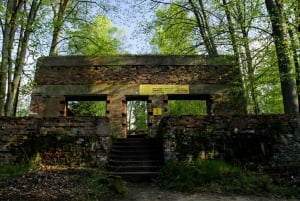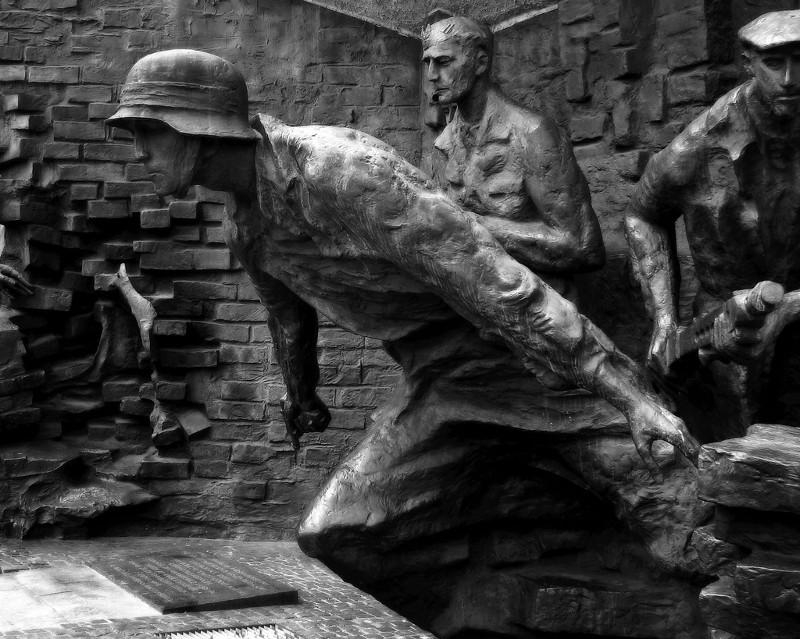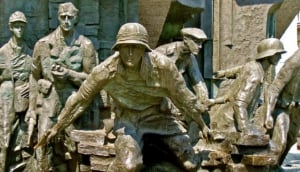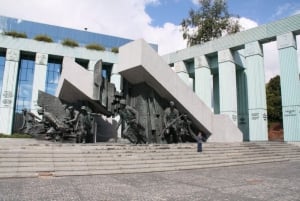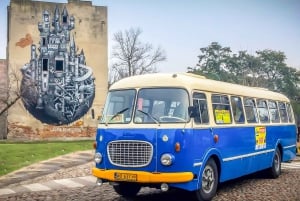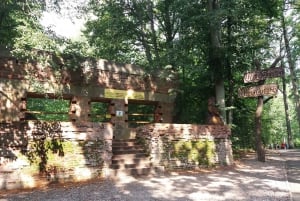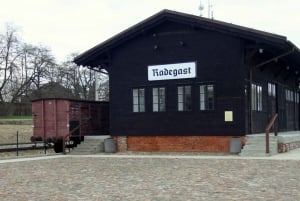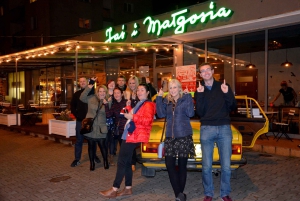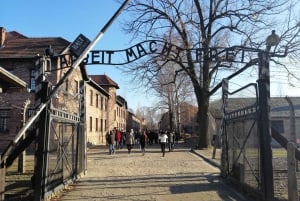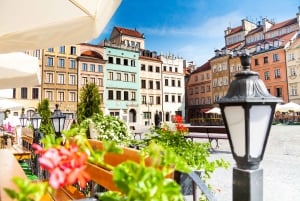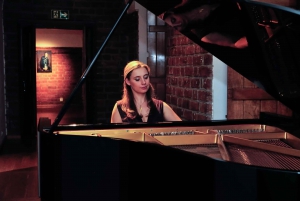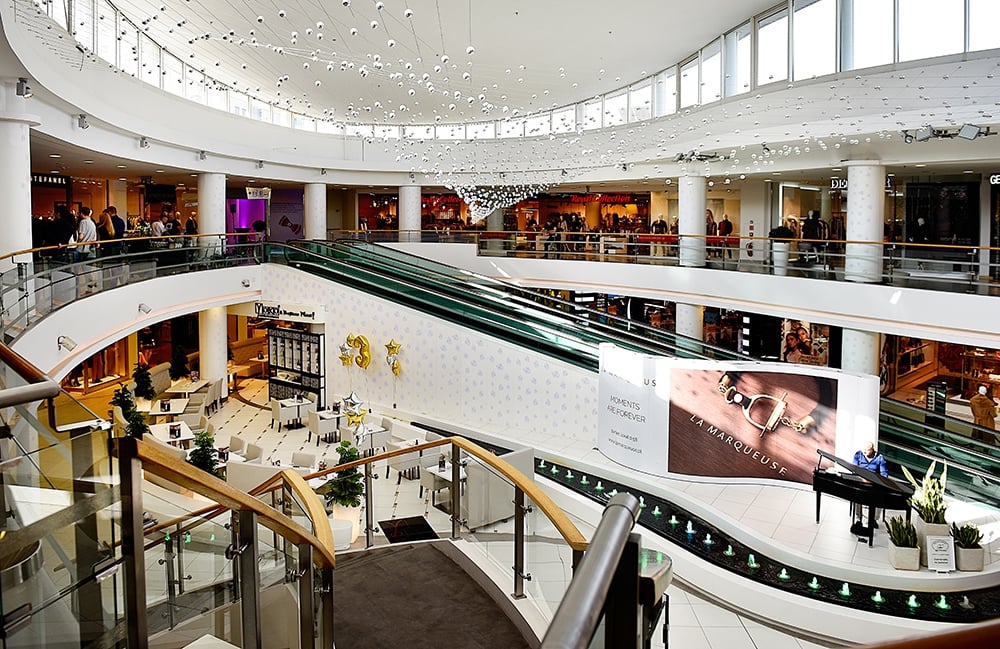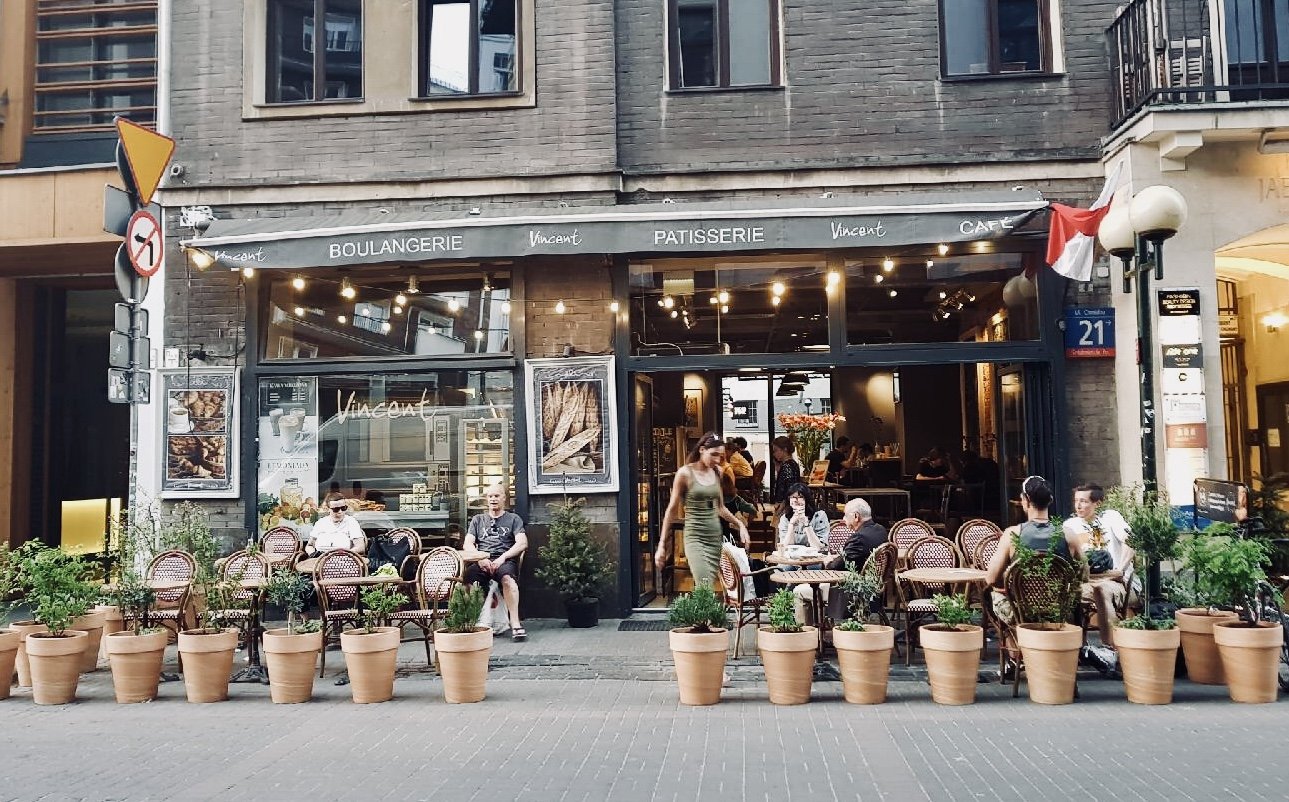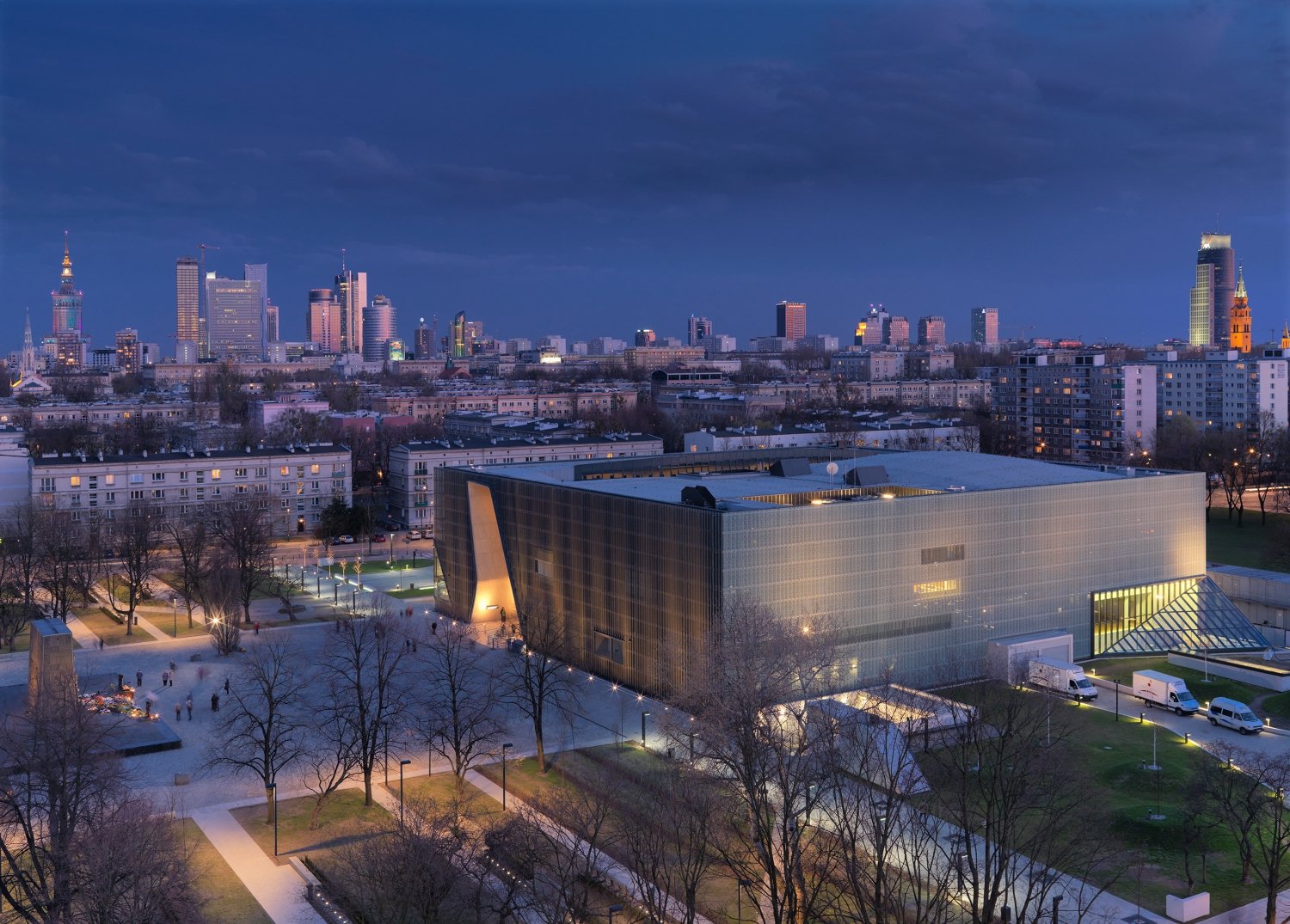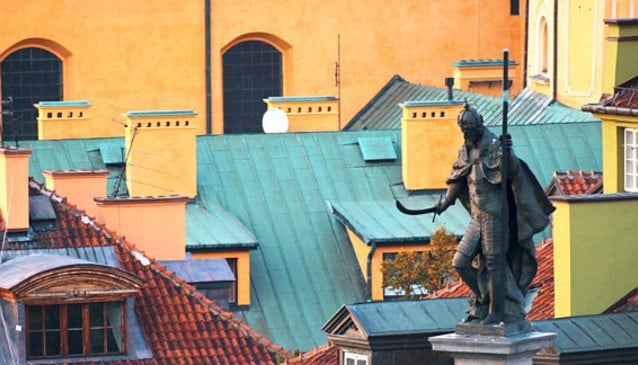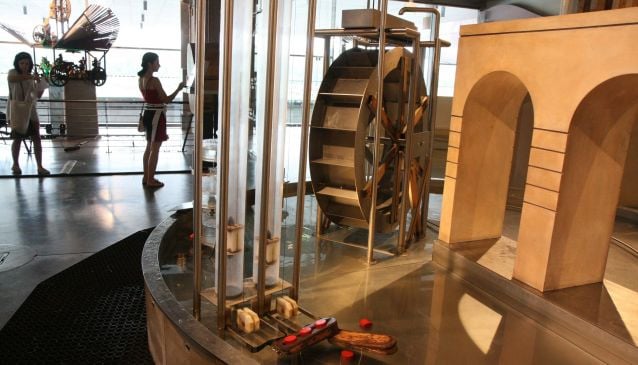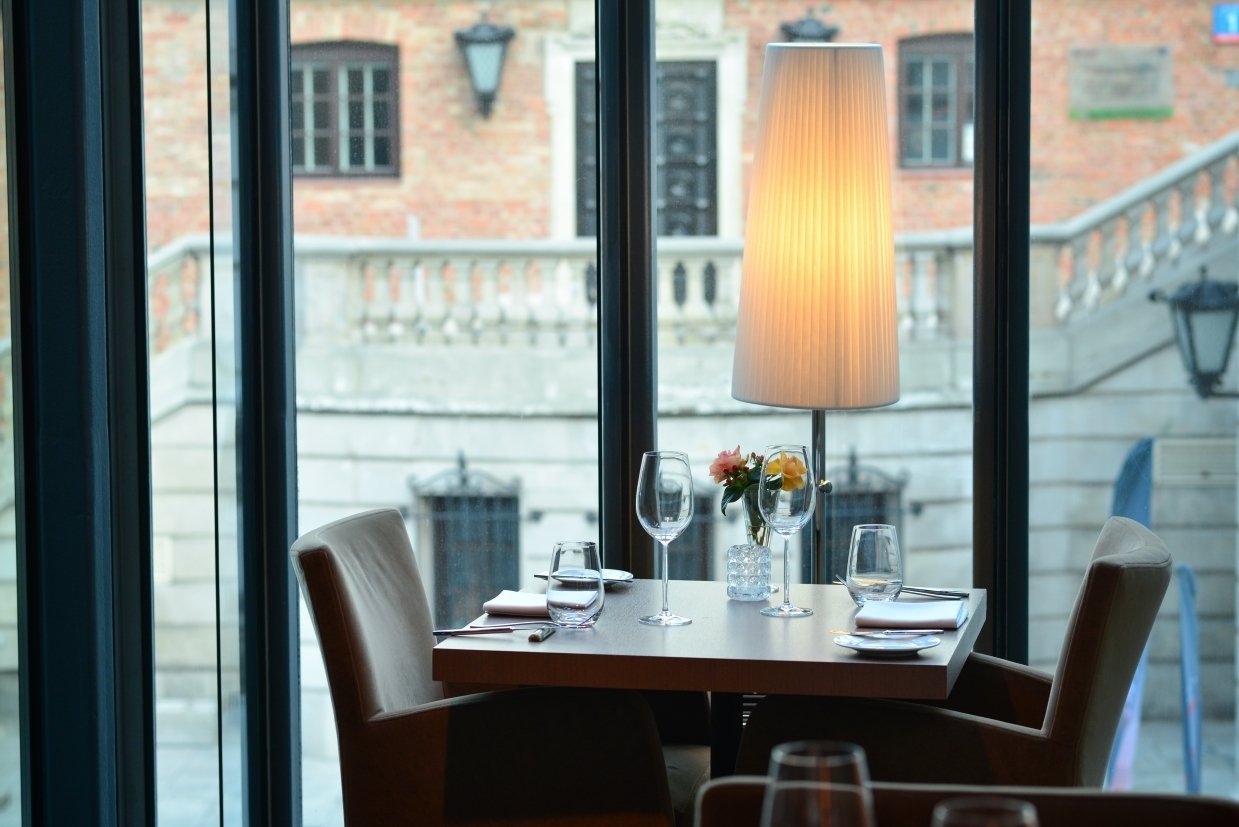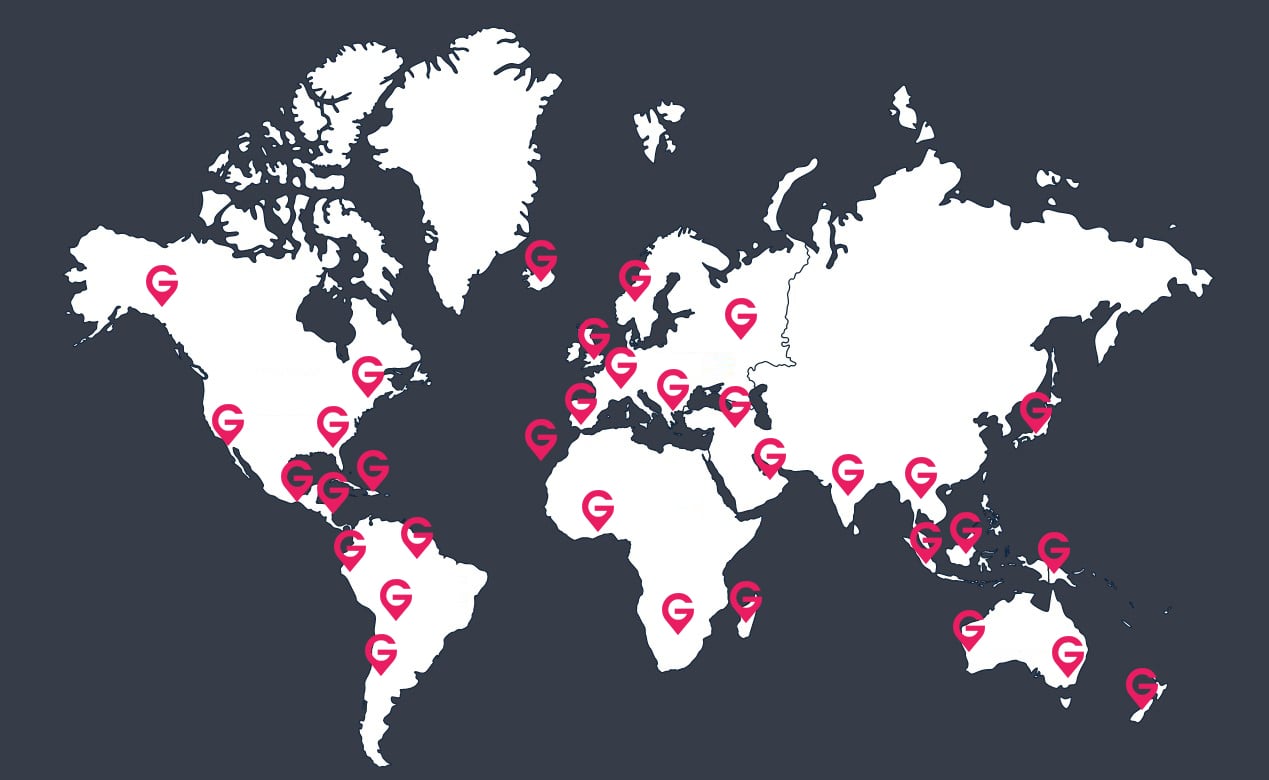Monument to the Heroes of Warsaw Uprising
Warsaw
City Sights
For a deeper understanding of the city and it's history...
Leaving Warsaw's New Town and heading west toward the modern city centre, the first thing you'll see is a haunting monument that symbolizes Warsaw's divide between past and future - the Monument of the Warsaw Uprising. At this point where reconstructed historic Warsaw ends, and the vast expanse of socialist architecture, massive apartment blocks and new modern skyscrapers begins, we are reminded of the significant role of the uprising in shaping the city. It was in reprisal for the insurgents' attempt at liberty that the German army bombed Warsaw to the ground, destroying over 80 percent of its historic treasures and leaving a sea of rubble behind. The restored Old and New Towns that stretch out behind the Uprising Monument are a testimony to the undying will of Warsaw's citizens, who refused to let their beautiful history disappear from memory.
The Warsaw Uprising broke out on 1 August 1944. The German army was at this point rapidly losing strength, and Stalin's Red Army was steadily advancing on the occupied territories. The uprising was Poland's last bid for absolute freedom before the conquering Soviets took their hold. Fighting lasted for 63 days, despite the vastly superior size and technical strength of the German forces. During those long, dangerous months, indiscriminate bombings were carried out by the German army on all parts of the city, and indescribable massacres of civilians took place in many districts, with thousands of innocent residents shot in a single day. Insurgents were generally young idealists with no military training. Their ranks included hundreds of children, who served as messengers. The different insurgent divisions communicated through the city sewers; one of their important underground communication points was located at Plac Krasinskich.
After the fall of the uprising, the Red Army marched in over the city's rubble and took control. The insurgents' Home Army (Armia Krajowa), associated with the western allies, was vilified by the Stalinist regime, and heroes of the uprising were arrested, tortured and exiled. The subject of the uprising was banned and all allusions to the Home Army were censored. It is no surprise, therefore, that this monument to the uprising was the first monument to be erected in post-communist Poland, unveiled on 1 August 1989.
The monument depicts the insurgents emerging from a structure of jutting pillars, crumbling brick and fallen slabs of heavy stone. While the ruins that surround them look as though they are about to crush them, the insurgents all seem to be caught in motion, the angle of their bodies betraying a dogged march forward.
While monuments to the bravery and martyrdom of wartime heroes sprang up all over Warsaw with the end of communism, the Monument to the Heroes of the Warsaw Uprising on Krasinski Square will make an unforgettable impression, and give you a deeper understanding of what the uprising really means for Warsaw, past and present.
